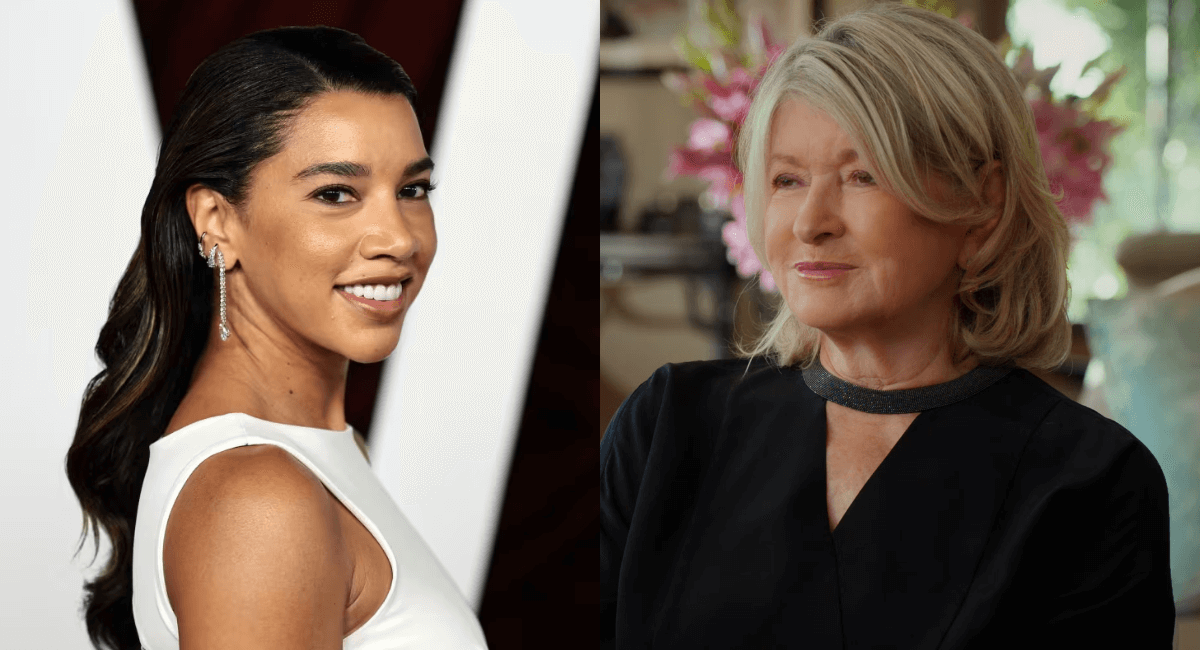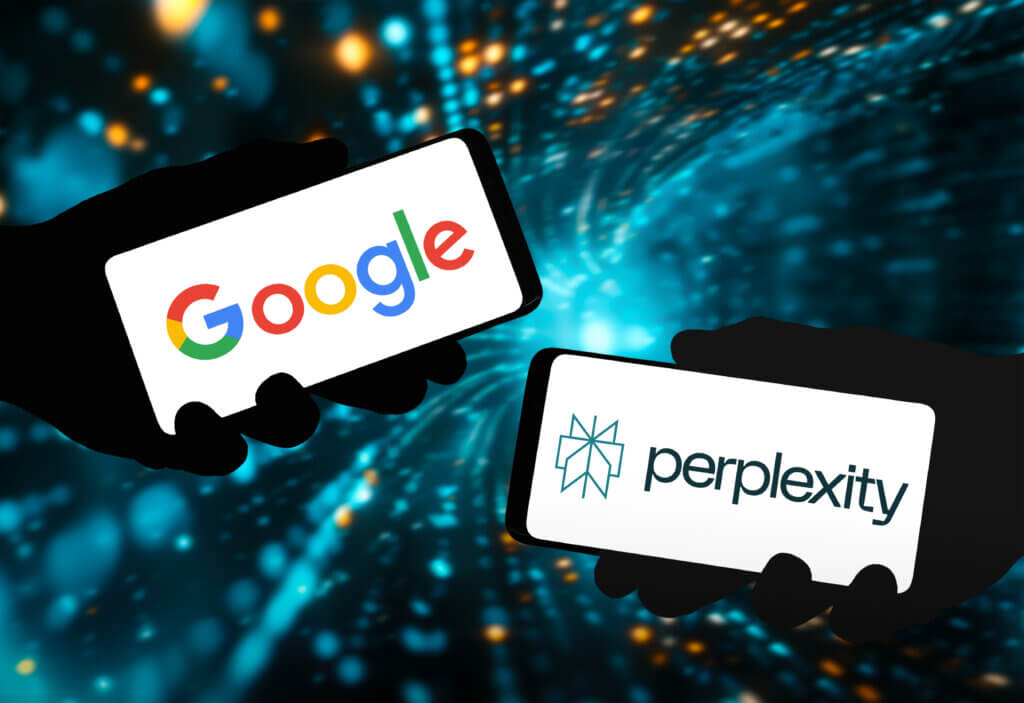Hannah Bronfman’s latest pivot—going from DJ to angel investor to launching her own fund—had me thinking about the power of personal branding. It’s not just her résumé that’s impressive (though, 70 companies? Wow). It’s how she’s been intentional about shaping her image at every step. From spinning tracks to helping minority-owned businesses secure funding, Bronfman has turned her network and credibility into influence that carries real weight.
And she’s not alone in this. Martha Stewart—yes, the queen of perfectly puffed pastry—is another masterclass in reinvention. Even her recent Netflix doc, love it or hate it, underscores her knack for staying relevant.
But let’s zoom out for a second. Bronfman and Stewart’s stories aren’t just case studies in personal branding; they’re reminders of why it matters—whether you’re an entrepreneur, a mid-sized business, or a corporate giant.
Reinvention: It’s Not Just for Celebs
Think about it: Bronfman started as a DJ, then built the app Beautified, then became a trusted voice in venture capital. Stewart went from homemaking maven to media empire-builder to, let’s face it, low-key cultural icon (Snoop Dogg and wine glass in hand). Reinvention is their secret sauce, and brands—whether personal or corporate—need to take notes.
For businesses, this could mean updating a stale image, tapping into emerging markets, or adopting new messaging to resonate with a shifting audience. Brands that don’t evolve risk being left behind, no matter how iconic they once were (looking at you, Blockbuster).
The Authenticity Factor
Here’s the thing: personal brands work when they feel real. Bronfman’s openness about supporting Black women-led businesses and Stewart’s trademark candor—even when she’s calling out her own documentary—are what make their stories relatable. The same goes for brands. Consumers today want authenticity. They want to know what you stand for and who you’re standing with.
But let’s be clear: authenticity doesn’t mean oversharing or trying too hard to seem “real.” It’s about consistency and aligning your actions with your values. If your brand’s about sustainability, are you going to sponsor an oil sector conference? People are paying attention, and they’ll call you out.
What Businesses Should Lean Into
- Know What You Know: Identifying your zone of expertise will help you play to your strengths. Bronfman invests in industries she understands, and brands should do the same. Authenticity isn’t trying to be everything to everyone. Stay in your lane and own it—whether that’s sustainability, tech innovation, or luxury. That will help you build more loyal audiences where your message and brand will resonate.
- Double Down on Community: Personal branding thrives on connections, and businesses are no different. Invest in your customers, partners, and collaborators. Build relationships that go beyond transactions.
- Be Consistent but Flexible: You want people to know what you stand for, but don’t be afraid to tweak your messaging or tone when the moment calls for it. (Rebranding isn’t selling out; it’s staying relevant.)
What to Avoid
- Over-curation: There’s a fine line between being polished and being fake. People can smell a manufactured brand a mile away.
- Chasing Every Trend: Bronfman said it best: “If you know nothing about Bitcoin, don’t invest in Bitcoin.” The same logic applies to businesses hopping on trends that don’t align with their core identity, or their future roadmap. Focus on what makes sense for you. That’s the way to build lasting influence.
The Takeaway
The best personal brands—whether we’re talking Hannah Bronfman, Martha Stewart, or even Mark Zuckerberg (more of my thoughts on his rebrand, here)—aren’t just about being flashy or fun. They’re about strategic reinvention, authentic storytelling, and knowing when to lean in and when to pivot.
For businesses, the lessons are clear: evolve, stay real, and invest in your community. In an era where everyone’s trying to go viral, the brands that truly stand out are the ones that build trust and tell their story with purpose.
So, what’s your brand story? And more importantly—are you telling it right?






